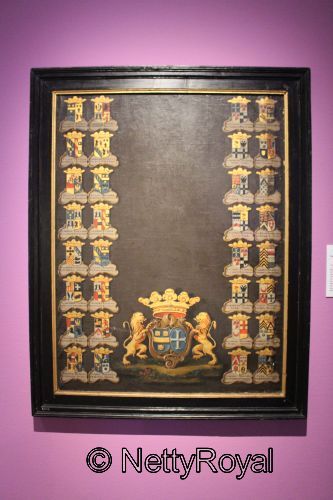Once there were about 200 stone houses and borgs (a borg is the Groninger word for castle) the Dutch Province of Groningen. Many of the borgs were started as a stone house in the 13th and 14th century. As stone was expensive only the rich people could afford it. The stone house most of the time was a defensive tower. The most important and richest families – not necessarily noble – extended their stone houses in later centuries and even started living there. Most of these family however have become extinct a long time ago.
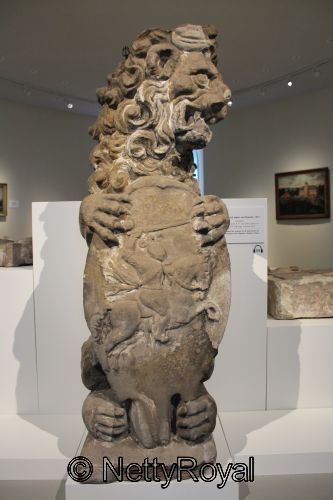
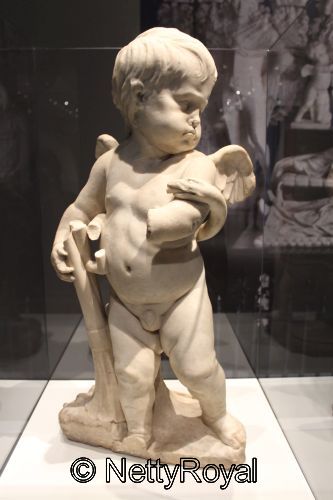
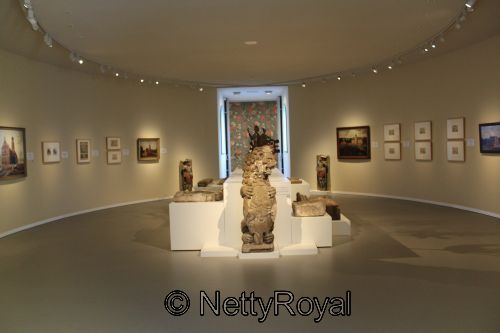
Nowadays only 16 of the borgs are left and none of them is still occupied by one of the old families. Some of them are museums now and can be visited. Lots of houses however have unfortunately been dismantled or demolished over the years, especially in the 19th century. The exhibition among others tells the story of the Hanckemaborg in Zuidhorn, that was demolished in 1877. Luckily descendants of the family that lived there have donated or sold old family possessions to the Groninger Museum.
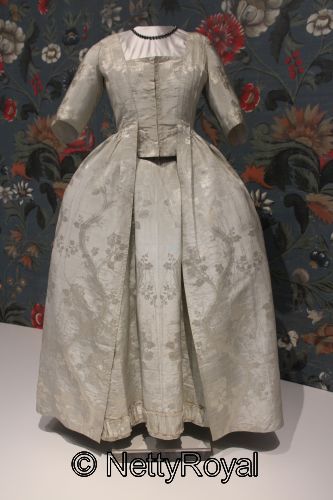
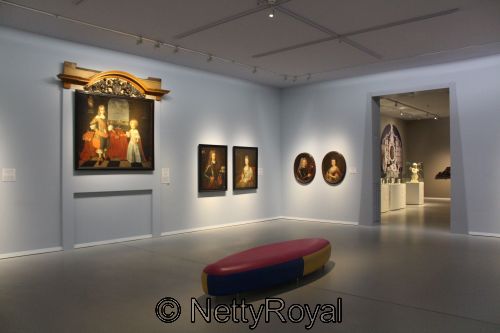
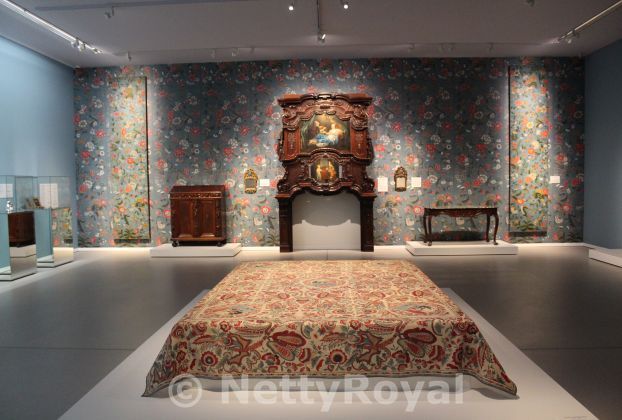
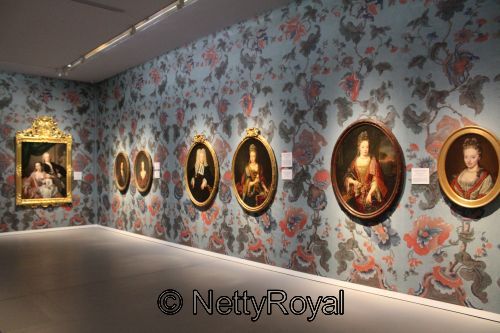
The rather interesting exhibition “Wealth in Groningen: Borgs and City Palaces, 1600–1800” in the Groninger Museum offers its visitors a glimpse of the wealth of the residents of these estates and city palaces in the 17th and 18th century. On display are among others portraits of ancestors, coats of arms, silverware, furniture, porcelain, copies of wallpaper, a beautiful dress, pieces of houses and some paintings of pedigrees.
The exhibition opened its doors on 27 May 2017 and can be visited until 12 November 2017.
